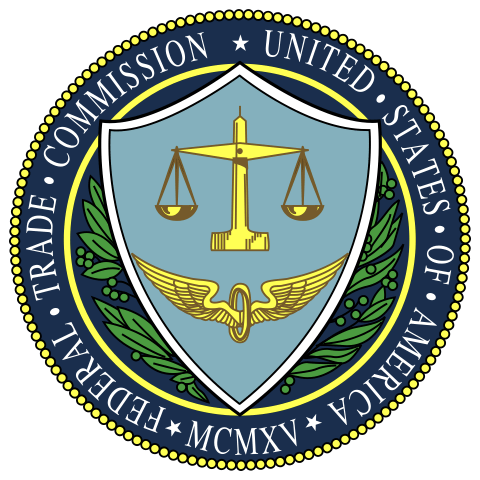by Beth Burgin Waller and Patrick J. Austin

Beth Burgin Waller and Patrick J. Austin (photos courtesy of Woods Rogers Vandeventer Black PLC)
The Biden Administration recently rolled out a new critical infrastructure memorandum, titled National Security Memorandum on Critical Infrastructure Security and Resilience (NSM-22) which is intended to set forth the role of the federal government, including responsibilities for specific federal agencies, in protecting U.S. critical infrastructure.
NSM-22 serves to supplant PPD-21, formally known as the Presidential Policy Directive — Critical Infrastructure Security and Resilience (pdf). PPD-21, a memorandum issued during the Obama Administration, designated 16 critical infrastructure sectors that will be subject to additional oversight through the Cyber Incident Reporting for Critical Infrastructure Act of 2022 (CIRCIA). Pursuant to CIRCIA, entities operating in critical infrastructure sectors will be obligated to report “covered cyber incidents” within 72 hours of the entity developing a reasonable belief that a cyber incident occurred. In addition, critical infrastructure entities must report ransom payments within 24 hours after a payment is made. CIRCIA delegated rulemaking authority to the Cybersecurity and Infrastructure Security Agency (CISA). We wrote about CISA’s proposed rule containing cyber incident reporting requirements in a recent article.








